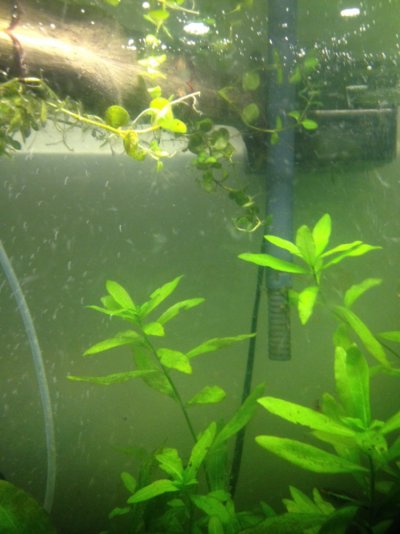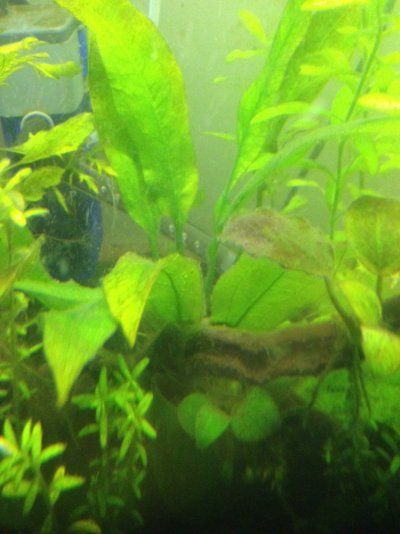Mattfinn
Aquarium Advice Addict
So I have my co2 system running successfully for about two months now and I've just had my co2 line running into a small internal filter and letting the impeller chop and disperse that way. But I'm starting to notice that it's not as frequent even after a new batch is made and I i give the bottle a shake up it'll suddenly be co2 bubbles galore. So I think it's not quite getting enough suction from the small filter and is just pooling in the intake area.
So my question is what are some other ways were the pressure will be enough for me to diffuse co2 into my tank system?
So my question is what are some other ways were the pressure will be enough for me to diffuse co2 into my tank system?


